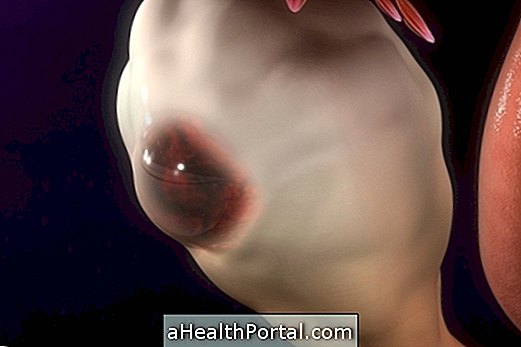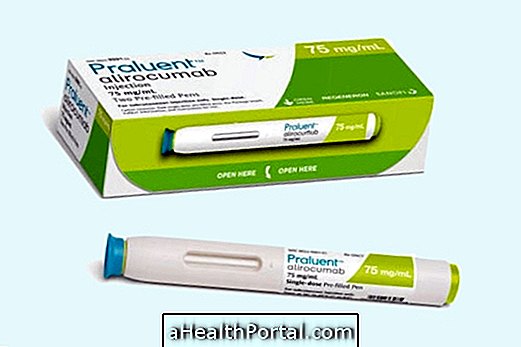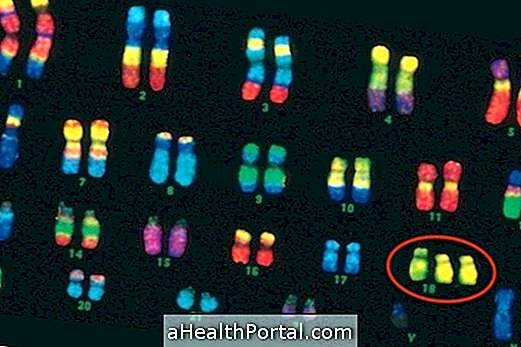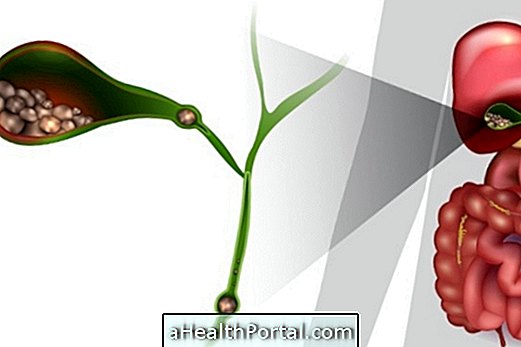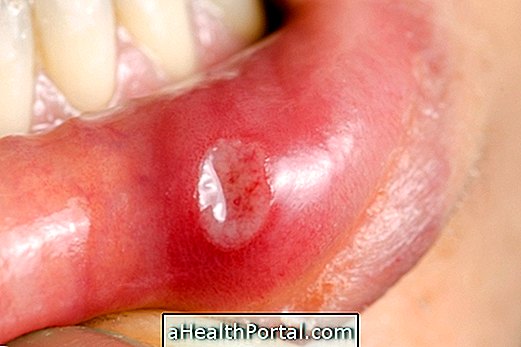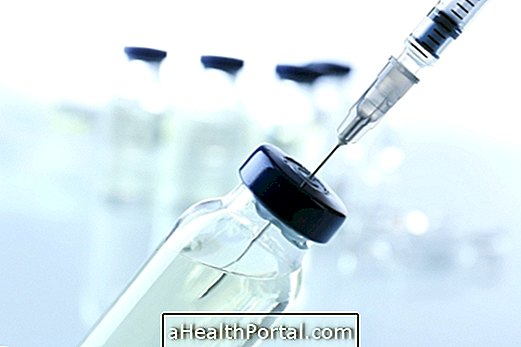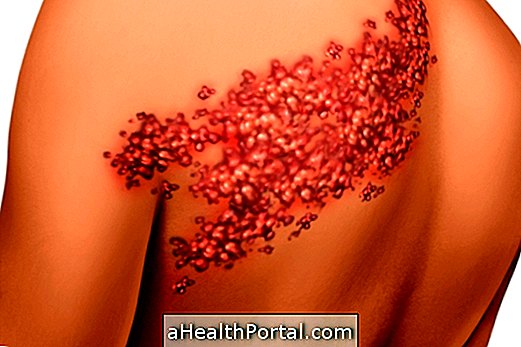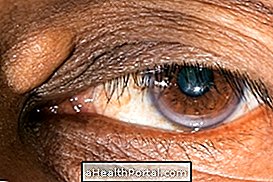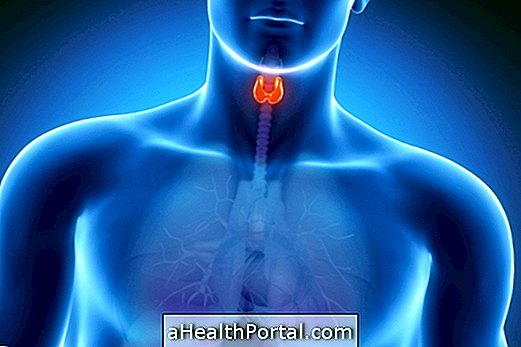The causes of infertility are evaluated from the patient's clinical history and complementary exams such as spermogram in man and hysterosalpingography in women.
The presence of infertility in the couple should be evaluated after 1 year of attempts to get pregnant, but in some cases one should seek the doctor before, such as when the woman is over 35 years of age.
Exams for the couple
The following are the tests used to assess what may be causing the couple's difficulty becoming pregnant.

1. Clinical History
A medical history is used to evaluate problems in both men and women. The factors analyzed by the physician are:
- Time and the couple are trying to get pregnant;
- If you have had any children;
- Treatments and surgeries already performed;
- Frequency of intimate contact;
- History of urinary and genital infections.
In addition, men also need to give information about the presence of inguinal hernias, trauma or twisting of the testicles, and the diseases they had in childhood because mumps may favor difficulty in getting pregnant.
2. Physical exam
On physical examination, the physician evaluates the shape and proper development of the sex organs, the presence of signs that indicate sexually transmitted diseases, and varicocele in men, which are enlarged veins in the testicles. Varicocele is the most common cause of infertility in men, see how the treatment of this problem is done.
3. Blood test
The hormonal assessment is done by blood test to check for changes in hormones that participate in the reproductive health of both men and women, such as estrogen, progesterone, thyroid hormones and prolactin.
Exams specific to men
In addition to the clinical evaluation, it may be necessary for the man to do other tests to evaluate the cause of infertility, such as:

1. Ultrasound of the testicles
Ultrasonography of the testicles is used to diagnose the presence and severity of varicocele, cysts, or tumors in the testicles.
2. Spermogram
The spermogram is used to evaluate the quantity and quality of spermatozoa produced by man, and it may be necessary to perform 2 spermograms to have a definitive diagnosis. See what care you should take before you do the sperm.
3. Testicular biopsy
Testicular biopsy is used primarily when the spermogram is altered to check the presence of sperm in the testicles. If there are sperm that can not get along with the semen, the man can use techniques such as artificial insemination or in vitro fertilization to have children.
Specific examinations for women
In addition to the clinical evaluation, other tests that may be needed to assess the cause of a woman's difficulty in becoming pregnant are:

1. Transvaginal ultrasound
Transvaginal ultrasound is used to evaluate the presence of ovarian cysts, endometriosis, inflammation in the uterus, or changes such as tumors or septate uterus that are preventing pregnancy.
2. Hysterosalpingography
Hysterosalpingography is used to evaluate changes such as obstructed tubes, presence of tumors or polyps, endometriosis, inflammation and malformations of the uterus.
3. Laparoscopy
Laparoscopy is indicated primarily to assess the severity of problems in the uterine tubes and endometriosis, and it is possible to establish the best form of treatment for the problem.
How to get pregnant fast
Anyone who is trying to get pregnant but is having some difficulty should invest in healthy foods and avoid stress and anxiety, which tend to worsen the situation. It is vital to have relationships during a woman's fertile period, so use our calculator to know the best days to try to get pregnant:

If even after 1 year of attempts having intercourse during the fertile time the couple still can not get pregnant, you should go to the doctor to perform the tests mentioned above to investigate the cause of the problem and start treatment. Find out what are the major diseases that cause infertility in men and women to initiate proper treatment.


